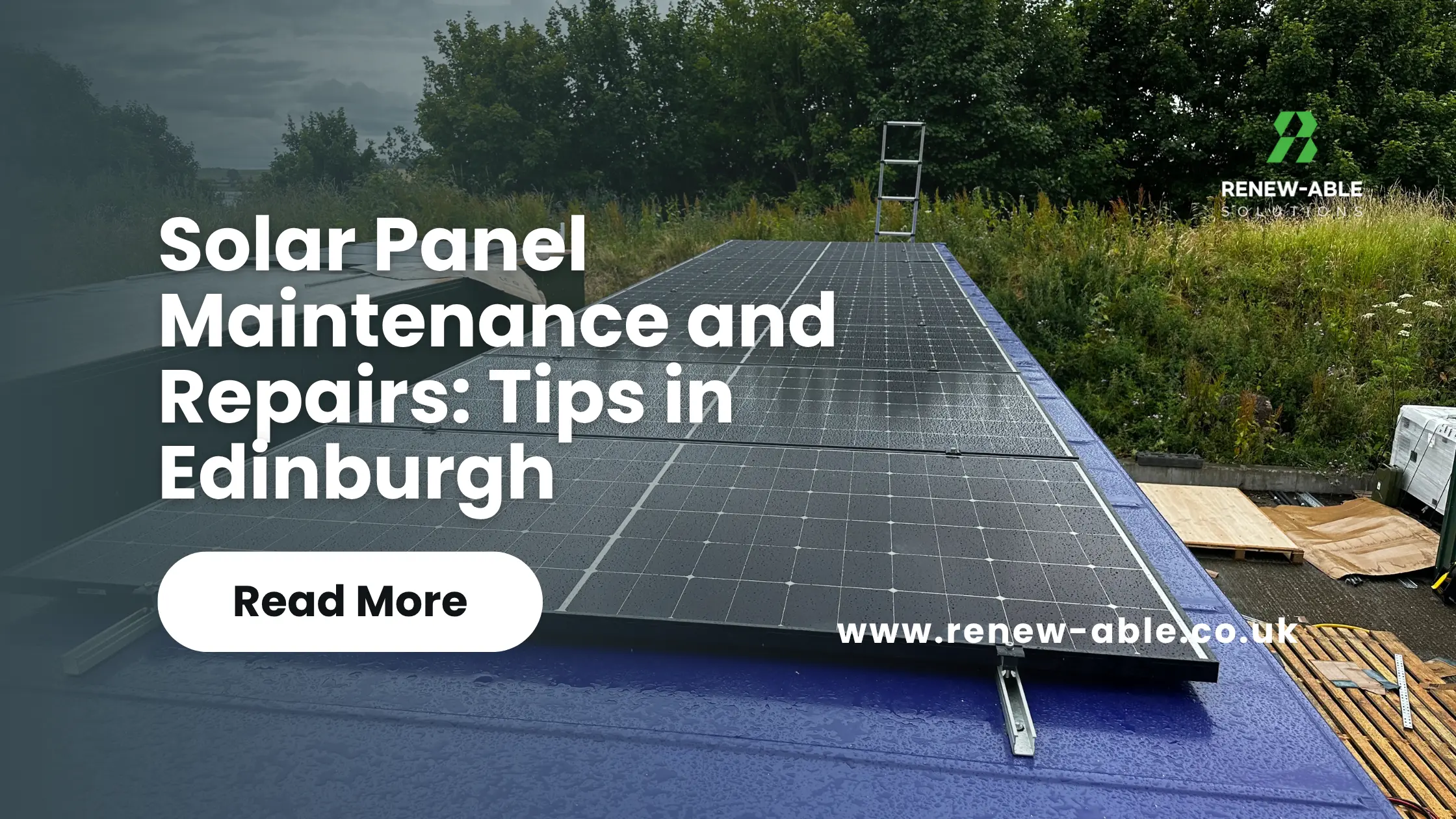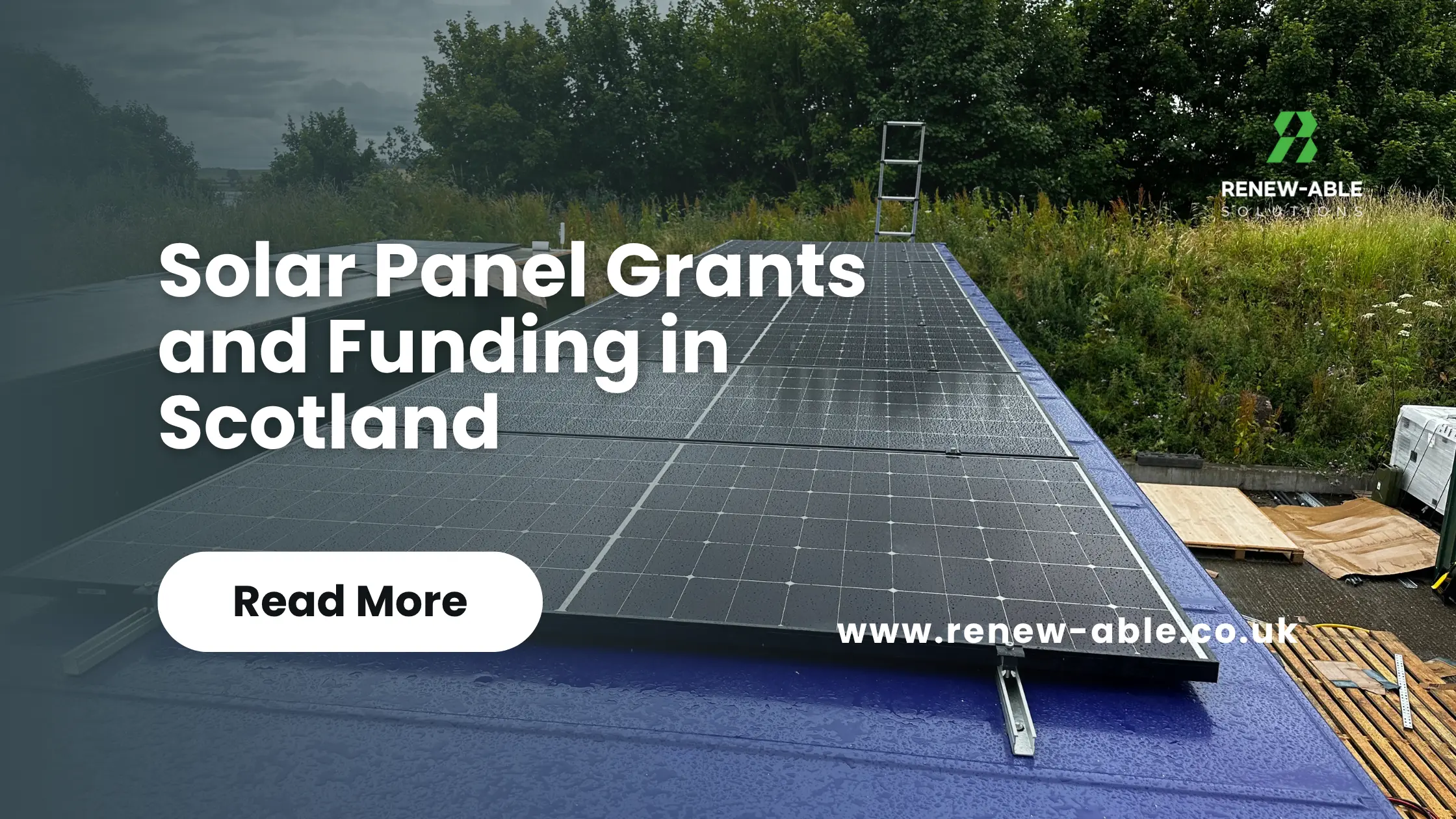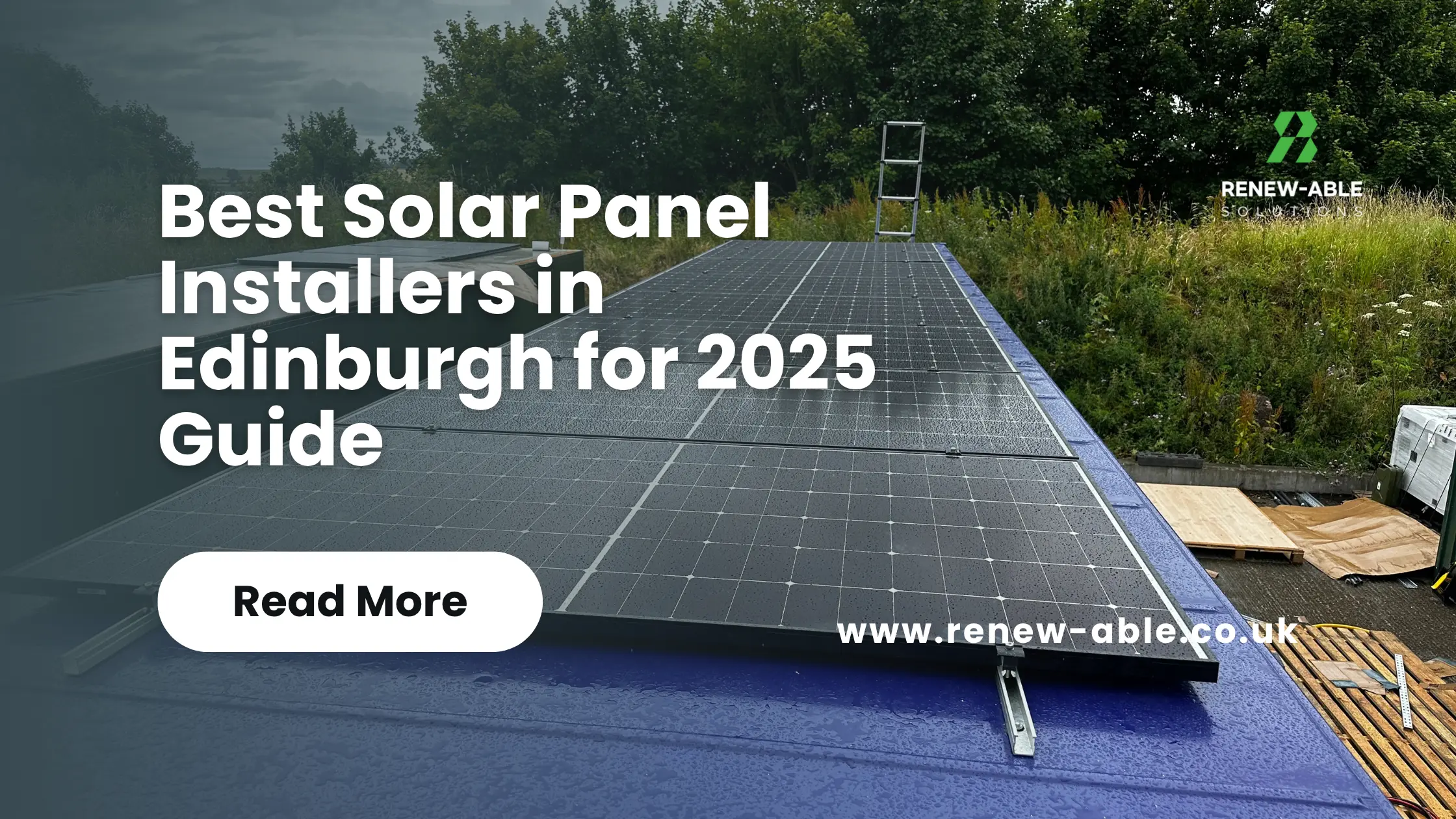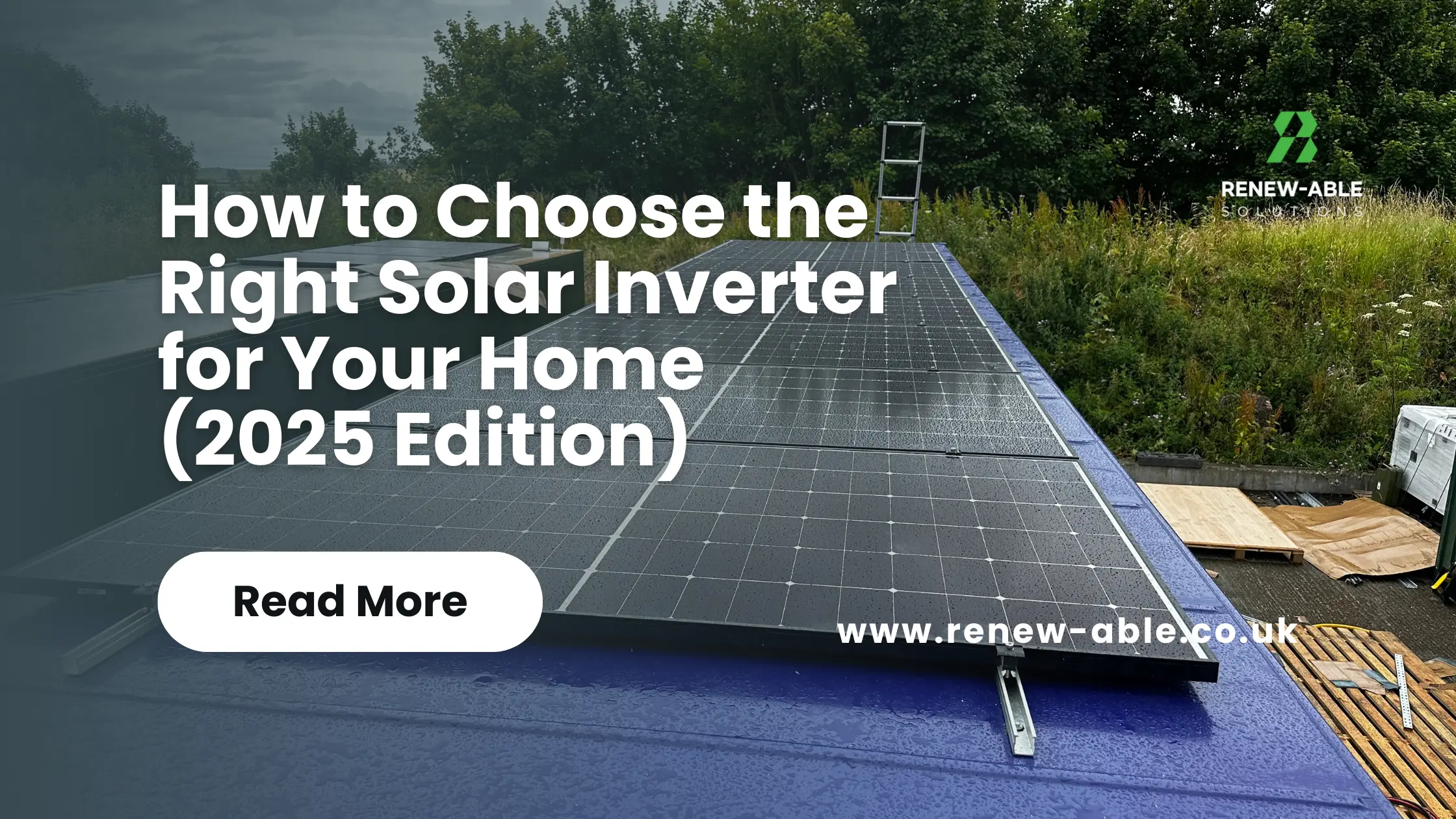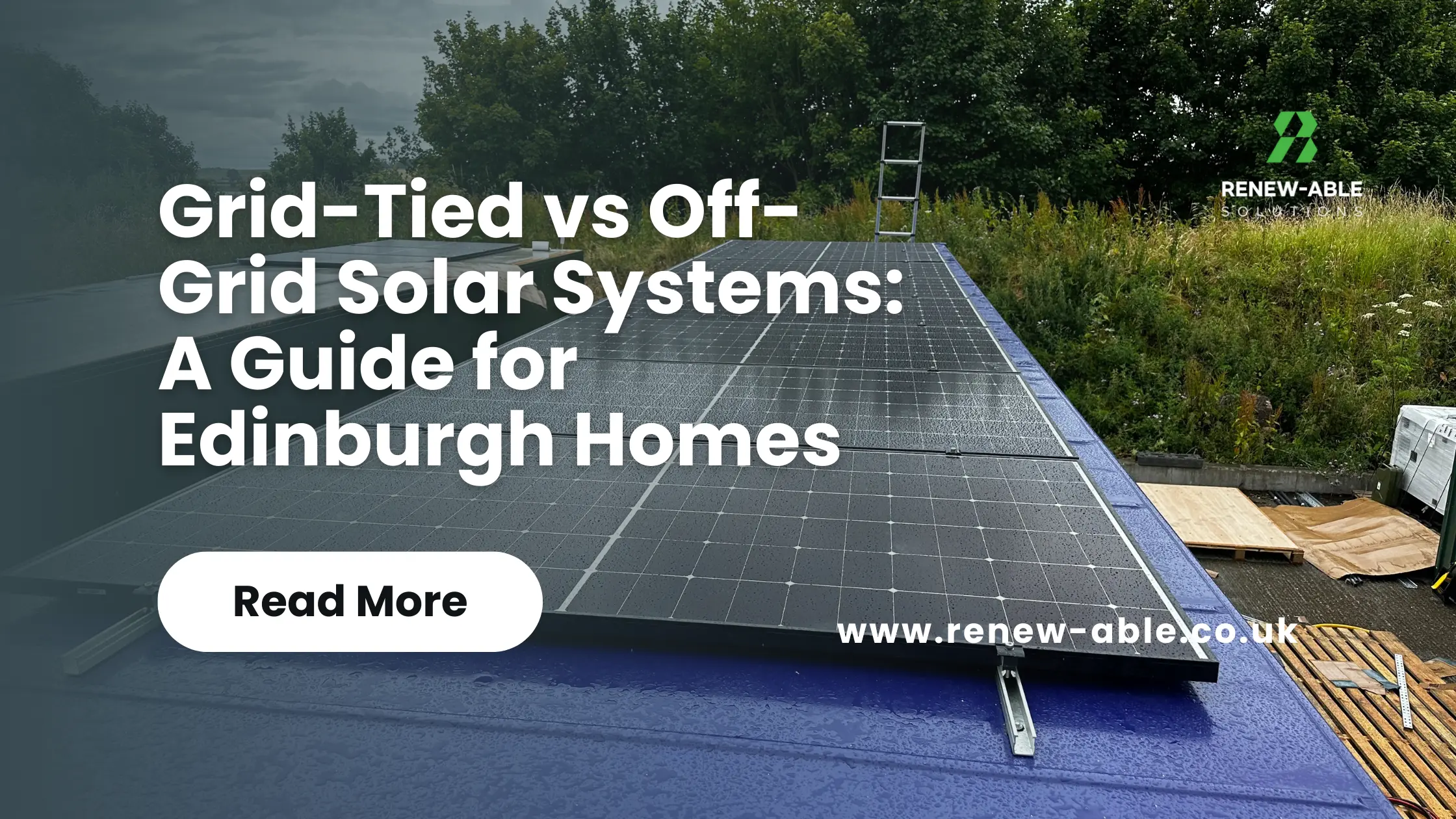Connecting generation to the electricity networks
This page is for those looking to connect generation to the electricity networks.

Explore sections within
Operating the networks:
- Connecting to the networks
- Cyber security
- Emergency planning
- Environment
- Metal theft
- Safety
- Street work
Generating electricity from renewable and energy-efficient sources is a key part of the government’s strategy to tackle climate change.
We believe that the introduction of the correct commercial and regulatory framework is the single most important factor in how network operators can support the government’s target for renewable and energy-efficient generation.
What is G98? Compliance and requirements for generators
In April 2016 EU Commission published 2016/631 The EU Network Code “Requirements for Generators” (RfG) which was incorporated into UK law and led to the development of ENA documents:
- EREC G98 “Requirements for the connection of Fully Type Tested Micro-generators (up to and including 16 A per phase) in parallel with public Low Voltage Distribution Networks on or after 27 April 2019”
- EREC G99 “Requirements for the connection of generation equipment in parallel with public distribution networks on or after 27 April 2019”
While other factors will influence which requirements a connection application should be made, fundamentally if the connection application is for a generator export of less than 3.68kW/phase then EREC G98 applies, connection applications for greater than 3.68kW/phase then EREC G99 applies.
Both connection applications have a set of application forms to use, which have been bundled into zip folders to download.
Both EREC G98 and EREC G99 contribute to supporting the network operator in meeting their Licence obligations and Generators must be able to demonstrate compliance with the requirements before a connection is commissioned.
Compliance is the responsibility of the customer who is quite often, but not always, the owner of the generation. Owners are required to make sure that generation equipment they purchase and install complies with the law.
What is G98 Ensure distributed generation equipment is compliant
In order to help determine what equipment is compliant, we provide a repository, the ENA Type Test Register, where equipment manufacturers can submit information about their products and make their own declarations of compliance to G98 or G99. The ENA Type Test Register enables all visitors to access the type test verification for products related to small scale electricity generation in the UK market up to 50kW.
We review the information submitted and where the information is found to be correct and complete the entry will be marked “Accepted”, all other submissions whether they are yet to be reviewed or have not yet provided all of the necessary correct information are considered “Pending”.
The onus is on manufacturers to produce equipment that is compliant with the legal requirements, and upon request (from owners, installers, developers, and DNOs) be able to demonstrate this with appropriate evidence. We urge manufacturers to ensure that their generation equipment is demonstrably compliant as it is in the interests of all their customers, from the supply chain to final owners.
G98, which applies to domestic scale generation equipment rated at 16 amperes or less, requires that manufacturers must lodge their declarations of compliance in the ENA Type Test Register. This is not mandatory to make a submission under G99 for any generation equipment larger than 16 amperes but is still recommended.
What is G98? Distributed generation connection guides
In order to help support an application through the process we have produced the Distributed Generation Connection Guides, each with a corresponding ‘Summary’ guide. The purpose of the summary guides is to act as a quick check, providing only the most useful information in a condensed format.
Each ‘full’ guide has a flowchart that guides you to the most relevant connection guide for the distributed generation you are planning to install. The guides are intended to help you, as an owner or developer of distributed generation, to connect your generating plant to one of the UK’s electricity distribution networks.
- G98 Distributed Generation Connection Guide (Single Premises)
- G98 Distributed Generation Connection Guide (Multiple Premises)
- G98 Connecting Domestic-Scale Type Tested Generation Summary Guide (Single Premises)
- G99 Type A summary (Connection of generation >3.68kW)
- G99 Connecting Type A Power Generating Modules Guide
- G99 Types B-D summary (Connection of generation >3.68kW)
- G99 Connecting Type B – D Power Generating Modules Guide
What is G98? Application, compliance and decommissioning forms
In order to support the development of distributed and facilitate consistency in the connection application and assessment process we have produced forms which are available in our Resource library.
We don’t process these forms so please send your completed forms to the local network operator in the area where your generation is to be connected.
What is G98? Fast-track application process for integrated microgeneration and storage
The electricity industry is experiencing a significant upturn in low voltage connection applications for small scale generation and energy storage schemes. Network operators, in conjunction with the government and Ofgem, have considered that some application and testing requirements can be a barrier in terms of application timescales for small scale domestic micro-generation and storage schemes.
The fast track integrated microgeneration and storage procedure can be followed where all the following conditions apply:
- The power generating modules are in a single installation.
- The total aggregate capacity of the power generating modules (including electricity storage devices) is between 16 A and 32 A per phase.
- The total aggregate capacity of the power generating modules that are electricity storage devices does not exceed 16 A per phase and the total aggregate capacity of the power generating modules that are non-electricity storage devices does not exceed 16 A per phase. If the total aggregated capacity of Electricity Storage and non-Electricity Storage devices is no greater than 16 A per phase, the single premises procedure described in EREC G98 applies.
- All of the power generating modules (including electricity storage devices) are connected via EREC G98 fully type tested inverters.
- An EREC G100 compliant export limitation scheme is present that limits the export from the Generator’s Installation to the Distribution Network to 16 A per phase. Engineering Recommendation G100 (2022) – Technical Guidance for Customer Export Limiting Schemes provides guidance on the connection of customer export limiting schemes (ELS) that operate in parallel with the Distribution Systems of licensed Distribution Network Operators (DNOs). You can find EREC G100 and its supporting EREC G100 appendices in our Resource library.
- The power generating modules will not operate when there is a loss of mains situation.
What is G98? Fast-track application terms and conditions
Only if all the conditions are satisfied should the generation owner complete an application in a format as shown in G99 Form A1-2.
The planned commissioning date stated on the application form shall be between 10 working days and three months from the date that the application is submitted to the DNO. Confirmation of the commissioning of each power generating module shall be made no later than 28 days after commissioning (where commissioning tests and checks are not witnessed).
Confirmation shall be provided in a format as shown in G99 Form A3-2.
In addition, an EREC G100 Export Limitation Scheme Installation and Commissioning Tests form shall be submitted to the DNO to confirm that the export limitation scheme meets the requirements set out in EREC G100. Confirmation shall be provided in a format as shown in ENA EREC G100 Appendix B.
- EREC G99 Requirements for Connection of Generation Equipment
- Connection of Power Generating Modules to DNO Distribution Networks in accordance with EREC G99
- EREC G100 Technical Requirements for Customer Export Limiting Schemes
- G100 Appendix B
What is G98? Explaining G98 and G99
EXPLAINING G98 AND G99
G98 and G99 specifically refers to different kinds of protection settings regulations that generator or storage assets must comply with to connect to the network. The protection settings are an important fail-safe mechanism that protect both the network and the asset from potential faults.
WHAT’S THE DIFFERENCE BETWEEN G98 AND G99?
If you are connecting single or multiple phase generators at a single premises of up to16A(3.86kW) per phase you need to complete a G98 notification form.
If you are connecting single or multiple phase generators at multiple premises of up to 16A (3.86kW) per phase you need to complete a G98 application form prior to connecting.
If you are connecting large scale generation, above 16A (3.86kW) per phase or energy storage, then you will need to complete a G99 form.
We have a decision making tool that can help you determine whether you need to make a G98 or G99 application. You can access it here.
G98 IN FOCUS
You need to submit a G98 application if you are applying to connect a generation up to 16A (3.86kW). Depending on the nature of your project, you will be required to complete different forms.
If you are installing micro-generation at a single premises, you can make the installation but must notify us within 28 days of commissioning. The same criteria applies if you are connecting micro-generation at multiple premises that are more than 500 meters apart.
You can notify us online via this link or submit a G98 single premises application form.
If you are installing micro-generation at multiple premises in close geographic proximity, for example on the same street, you must apply to us before you can connect.
You can apply online via this link or submit a G98 Multiple Premises form.
G99 IN FOCUS
You need to submit a G99 application if you are applying to connect a generation asset that’s over 16A (3.86kW) or connecting energy storage. Depending on the nature of your project you will need to complete different forms.
If you are installing generation or battery storage to our network , you must apply using a G99 form. This can be completed via this link.
If you are installing battery storage, you may be eligible for the fast-track electricity storage applications process. The eligibility requirements can be found online via this link. If you do not meet all the eligibility requirements, you will need to apply using the G99 application process.
G100 Limit Exportation
No export allowed (G100 applies) – this means all electricity produced by the embedded generation must be utilised on the premises. This will require additional generation control to prevent the generator spilling electricity on to the network. This has the consequences of adding additional cost and may impact the financial benefits of your project.
Need a reliable and professional installer then read our reviews here.


